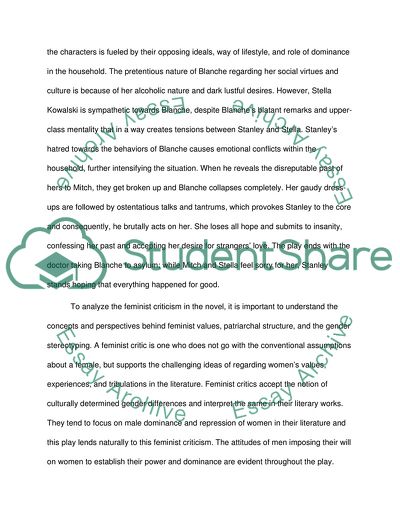Cite this document
(Stereotypical Representation of Women in a Streetcar Named Desire Essay, n.d.)
Stereotypical Representation of Women in a Streetcar Named Desire Essay. Retrieved from https://studentshare.org/literature/1850734-a-streetcar-named-desire
Stereotypical Representation of Women in a Streetcar Named Desire Essay. Retrieved from https://studentshare.org/literature/1850734-a-streetcar-named-desire
(Stereotypical Representation of Women in a Streetcar Named Desire Essay)
Stereotypical Representation of Women in a Streetcar Named Desire Essay. https://studentshare.org/literature/1850734-a-streetcar-named-desire.
Stereotypical Representation of Women in a Streetcar Named Desire Essay. https://studentshare.org/literature/1850734-a-streetcar-named-desire.
“Stereotypical Representation of Women in a Streetcar Named Desire Essay”, n.d. https://studentshare.org/literature/1850734-a-streetcar-named-desire.


